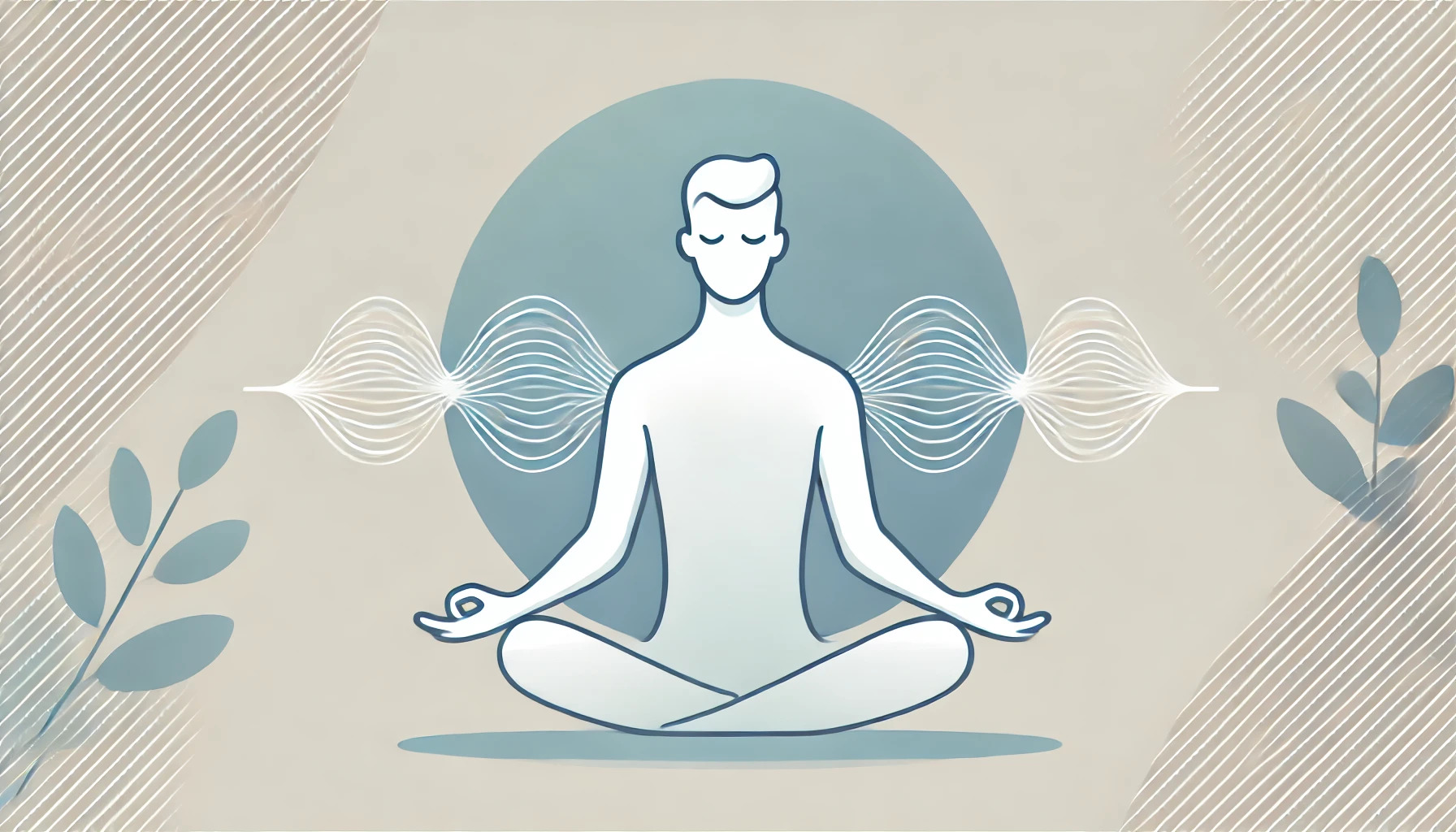In the pursuit of inner peace, the journey of quieting the mind is both essential and transformative. Param Gurudev Shree Namramuni Maharaj Saheb offers profound insights into mastering this art through dedicated meditation practices. A crucial technique emphasised by Gurudev is Anulom Vilom, a form of pranayama or controlled breathing, which serves as the foundation for deeper meditation.
The Role of Breath in Meditation

The process begins with a gentle focus on thoughts, and Anulom Vilom breathing exercises are pivotal in this practice. This pranayama technique involves alternating nostril breathing, which helps balance the mind and body, preparing the practitioner for deeper states of meditation. As the breath steadies, it creates a calming effect on the mind, making it easier to observe thoughts without judgement.
Observing Thoughts without Judgment

Observing thoughts without judgement is akin to watching clouds pass by; this non-interfering observation helps in understanding the nature of one’s mind. Gurudev stresses the importance of gradually shifting attention to older thoughts, allowing them to surface and dissipate naturally. This process helps in recognizing recurring patterns and understanding the root causes of mental disturbances.
The Continuous Flow of Thoughts

In meditation, thoughts flow continuously, like a river. This unending stream can be overwhelming, but by becoming a passive observer, one can filter and refine their mental processes. Gurudev encourages practitioners to adopt the role of a security guard, vigilantly watching over the mind’s activities without engaging or reacting. This metaphor highlights the importance of detachment in meditation.
The Challenges of Consistent Practice

The practice of meditation demands consistency and patience. Initially, thoughts will be abundant, often making it difficult to concentrate. However, the key lies in persistence and the understanding that observing thoughts without interruption is itself a form of meditation. Through this practice, the mind slowly learns to quiet down.
Gurudev acknowledges that the initial phase of meditation can be frustrating, as the mind resists staying still. It is during these moments that practitioners must remind themselves of the long-term benefits of mental peace and resilience.
The Importance of Non-Reactive Observation

During this journey, thoughts should be allowed to enter and exit freely, without any attempt to control or block them. This non-reactive stance creates a mental space where true observation can occur. Gurudev likens this process to being a watchman at the mind’s door, monitoring the flow of thoughts without interference.
Deepening the Meditation Practice
Deep meditation requires a gradual and consistent approach. It is not an immediate transformation but a slow and steady journey towards mental tranquillity. Each session brings one closer to understanding and controlling their thoughts. Gurudev emphasises that true meditation is observing one’s thoughts, recognizing them, and then letting them go.
Gurudev also highlights the importance of filtering thoughts, distinguishing between those that are beneficial and those that are detrimental. By doing so, practitioners can cultivate a more positive mental environment, conducive to inner peace.
Techniques for Effective Meditation
Effective meditation involves several key techniques:
- Breath Control: Start with Anulom Vilom to steady the breath.
- Thought Observation: Observe thoughts without judgement, letting them come and go.
- Non-Reactive Stance: Avoid reacting to thoughts, simply watch them as a detached observer.
- Consistency: Practise meditation regularly to build mental discipline.
- Filtering Thoughts: Identify and focus on positive thoughts while letting go of negative ones.
The Benefits of Quieting the Mind
The benefits of quieting the mind through meditation are manifold. Practitioners often experience reduced stress levels, improved concentration, and a greater sense of inner peace. By learning to observe and control thoughts, individuals can better manage their emotional responses and cultivate a more balanced and harmonious life.
Overcoming Common Obstacles
One of the most common obstacles in meditation is the persistent chatter of the mind. Gurudev advises that instead of fighting these thoughts, practitioners should accept them as a natural part of the process. Over time, the frequency and intensity of these thoughts will diminish, leading to deeper states of meditation.
Another challenge is maintaining consistency. Life’s demands can make it difficult to find time for regular practice. Gurudev suggests setting aside a specific time each day for meditation, treating it as a sacred commitment to oneself.
Conclusion
The journey of quieting the mind as taught by Param Gurudev is a path to profound inner peace. By practising consistent meditation and observing thoughts without interference, one can achieve a state of mental tranquillity and deeper self-awareness. The gradual process of thought control and non-reactive observation forms the cornerstone of this transformative practice.
Incorporating these teachings into daily life can lead to significant improvements in mental health and overall well-being. The practice of being a watchman of the mind not only enhances meditation but also fosters a more mindful and present approach to life.





